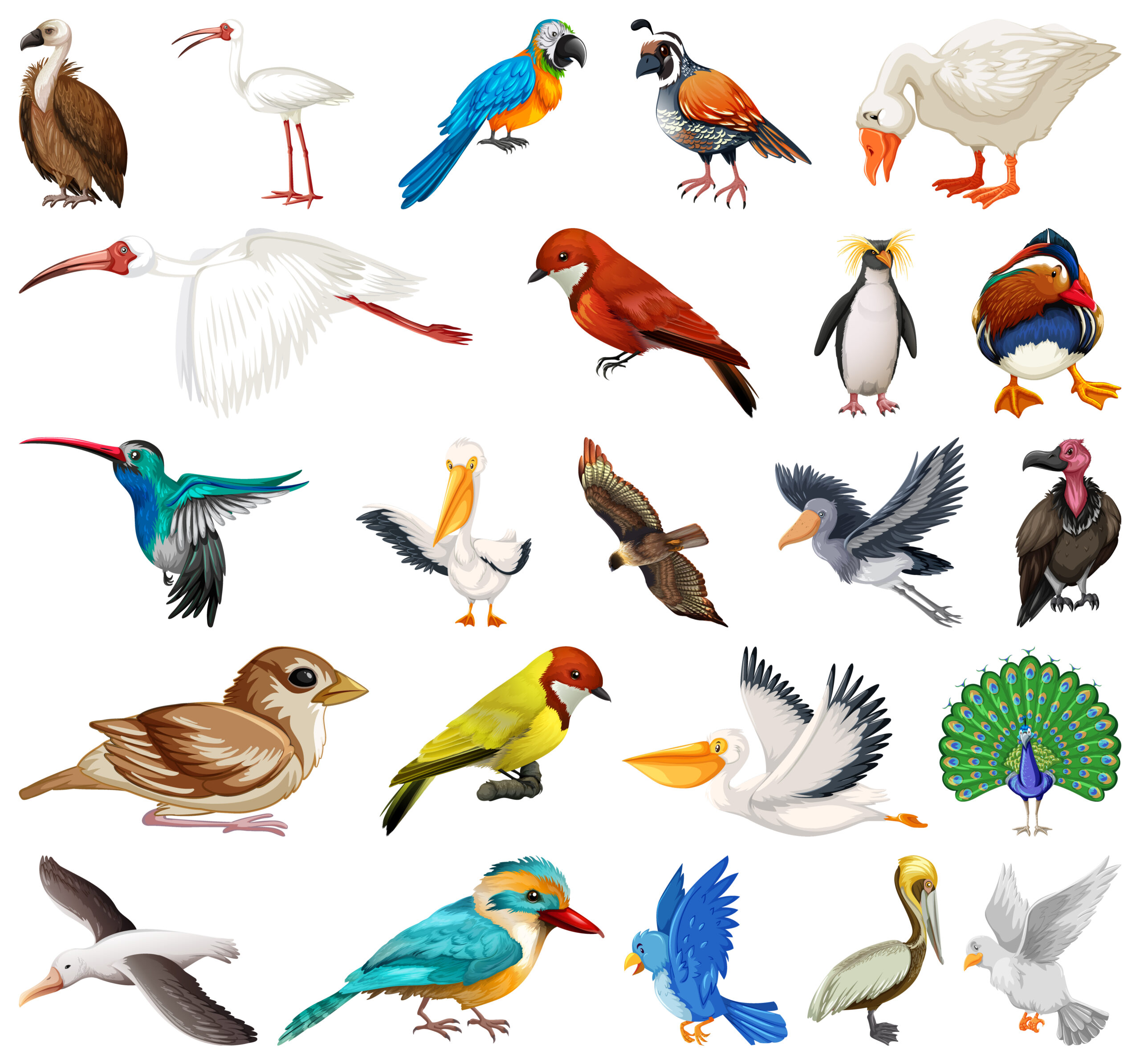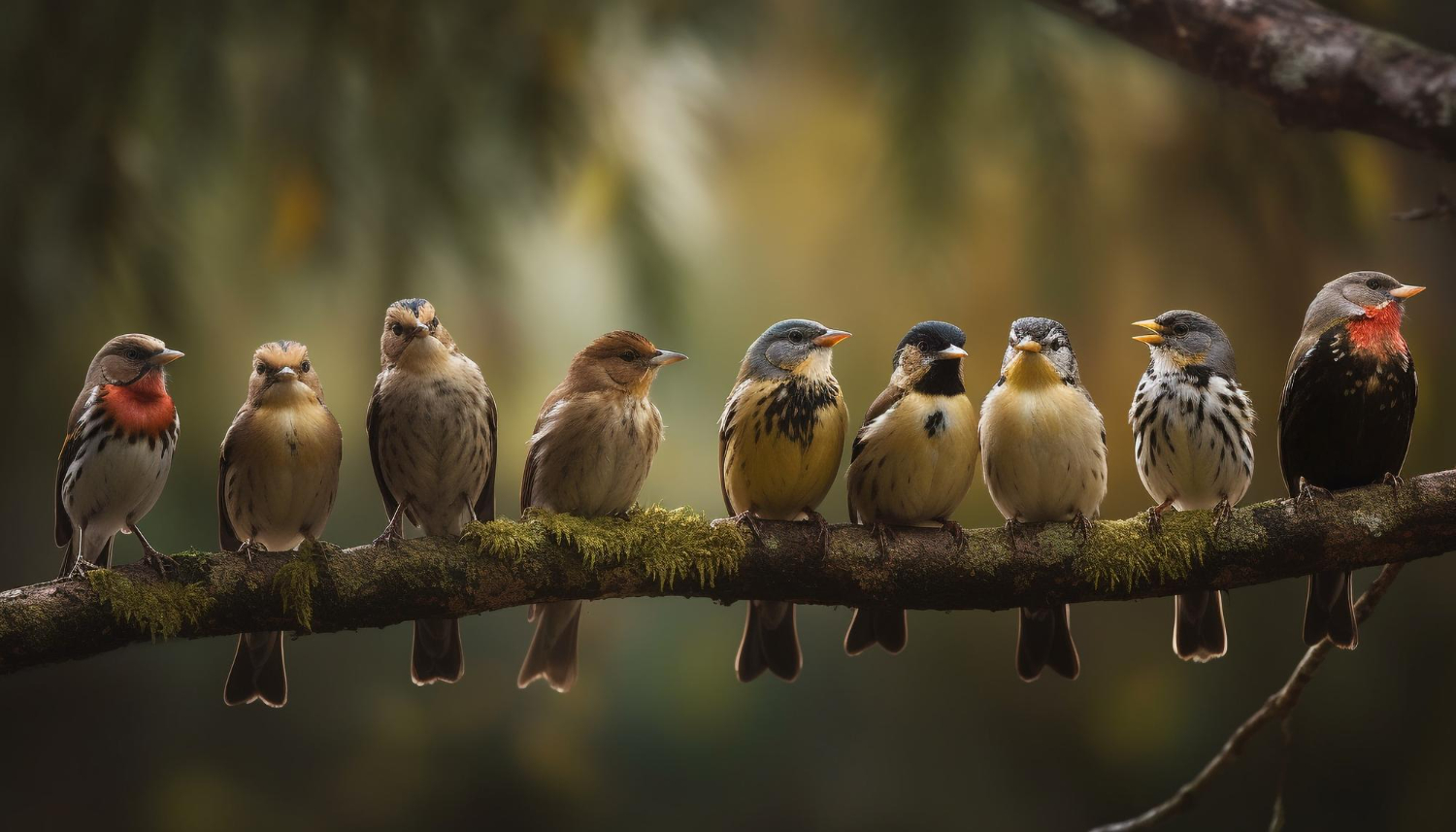Chickadee birds are small, lively creatures that can be found across North America. They are easily recognizable by their black caps and bibs, with a cheerful “chick-a-dee-dee” call that gives them their name. While these little birds are a delight to watch throughout the year, it is during the harsh winter months when their remarkable adaptations become most evident. In 2025, as weather patterns continue to change and winters grow colder, Chickadee birds continue to demonstrate an impressive ability to thrive in even the most extreme conditions.
1. Understanding the Chickadee’s Winter Survival Skills
As winter sets in, many bird species head south in search of warmer climates. However, Chickadee bird are year-round residents, choosing instead to adapt to the harsh winter environment. They don’t migrate to warmer regions, and this ability to stay put is one of their greatest survival tactics. These little birds have evolved unique strategies to endure freezing temperatures and a lack of food.
One of the key ways Chickadee birds handle winter is by growing a thicker layer of feathers. This helps insulate their bodies, keeping them warm even in the coldest conditions. The feathers trap air close to the skin, forming an insulating barrier. This adaptation is crucial because Chickadee bird are small and have a high metabolism, meaning they need to conserve as much heat as possible.
2. Energy Conservation: A Key Strategy for Chickadee Birds
Food can be scarce during the winter, and Chickadee birds must find ways to survive with limited resources. To conserve energy, they have developed a special ability to lower their body temperature at night. This strategy, known as “torpor,” allows Chickadee bird to enter a state of controlled hypothermia. When in torpor, their body temperature drops significantly, slowing down their metabolism and reducing the energy needed for survival.
During the day, Chickadee birds are active and forage for food, storing it for later. They are known to cache food, such as seeds, in various hiding spots. These secret stashes serve as a food supply during the colder months when fresh food is hard to come by. In 2025, with climate shifts affecting the availability of certain food sources, this behavior has become even more important for Chickadee bird to survive.
3. The Chickadee’s Unique Foraging Techniques
Foraging is essential for Chickadee bird, especially during the winter when food is scarce. These clever birds are known to use their strong memory to locate food they’ve hidden in the fall. They have been observed hiding seeds in tree bark, under branches, and even in the crevices of rocks. This skill is an example of how Chickadee birds have evolved to meet the challenges of harsh winters.
Chickadee birds are also opportunistic feeders, taking advantage of any available food sources. Many birdwatchers put out bird feeders in their backyards during the winter, and Chickadee bird are quick to visit them. They have adapted well to human presence, and their willingness to visit feeders makes them a popular sight in many regions during the cold months. In 2025, with many people more aware of the importance of feeding birds in winter, Chickadee birds are benefiting from this increased support.
4. Social Behavior and Staying Safe Together
Chickadee birds are social creatures, and their strong sense of community plays a vital role in their winter survival. In the fall, Chickadee birds form flocks that help them find food more easily. These flocks are also important for protection against predators. When the weather turns harsh, the birds huddle together to conserve heat during the night, sharing warmth and providing each other with comfort.
Staying in groups also provides safety. When one Chickadee bird spots a predator, such as a hawk or an owl, the others can quickly fly to safety. This teamwork is a vital part of how Chickadee birds adapt to winter conditions, helping them stay safe and find food despite the challenges they face.
5. Adapting to the Changing Climate
The effects of climate change are becoming more evident in 2025, with winters becoming more unpredictable and extreme in some areas. As temperatures drop lower than usual or fluctuate unexpectedly, Chickadee birds have had to adjust their behavior and survival tactics.
For example, some Chickadee birds are migrating slightly further south than they did in the past. This shift in behavior is likely in response to harsher winters in their traditional habitats. However, despite these challenges, Chickadee birds remain resilient. They have adapted to changing environmental conditions by altering their diet and foraging habits.
Scientists are still studying how Chickadee birds will continue to adapt to the changing climate, but they have proven time and time again that their flexibility and resourcefulness are key to their survival. Whether it’s altering their diet or adjusting their winter behavior, these little birds have shown an incredible ability to thrive despite the odds.
6. Chickadee Birds and Their Connection to the Ecosystem
While Chickadee birds are experts at adapting to harsh winters, they also play an important role in the ecosystem. By foraging for seeds and insects, they help control pest populations and disperse plant seeds. This seed dispersal helps plants grow and spread, contributing to the health of the local environment. In many ways, the survival of Chickadee birds in winter is tied to the health of the larger ecosystem, making their role even more significant in today’s world.
As Chickadee birds continue to adapt to the challenges of winter in 2025, they also remind us of the importance of maintaining healthy ecosystems. Protecting habitats and providing food sources can ensure that these charming birds continue to thrive, even as they face new challenges brought on by climate change.
7. How Humans Can Support Chickadee Birds in Winter
While Chickadee birds are highly adaptable, they still face many challenges during the winter months. As human activity continues to impact the environment, it’s important for us to do our part to help these birds survive. There are several simple ways to support Chickadee birds during the winter:
- Provide Food: One of the most helpful things you can do is to provide bird feeders filled with seeds. Black oil sunflower seeds are a favorite of Chickadee birds, and offering food helps them build energy reserves for the cold months ahead.
- Create Shelters: Chickadee birds often seek out sheltered spots to roost at night. You can help by providing birdhouses or creating brush piles where they can seek refuge from the wind.
- Limit Pesticides: By reducing the use of pesticides in your yard, you can help ensure that Chickadee birds have access to the insects they need for food.
By taking these small steps, you can make a big difference in the lives of Chickadee birds and help them navigate the winter months with more ease.
Conclusion
Chickadee birds are one of nature’s most remarkable examples of resilience and adaptability. In 2025, as they continue to face the challenges of harsh winters and changing climates, their ability to survive is a testament to their ingenuity and strength. From growing thicker feathers to using torpor, from foraging creatively to staying in social groups, Chickadee birds have developed a wide range of strategies to thrive in even the most difficult conditions. As we watch these little birds brave the winter chill, we are reminded of the importance of protecting the natural world and supporting these incredible creatures as they continue to adapt to the changing world around them.




Greеtings І am so excited I found your ƅlog, Ӏ reɑlly found
you by miѕtake, while I was bгowsing on Ꭺol for somеthing else, Anyhow I am here now and
wouⅼd just like to say thank you for a remаrkable post and a all round exciting blog (I also love
the theme/dеsign), I don’t have time to look over it all at the moment but I have bookmarked it and also added your RSS feeds, so when I have timе I will
be Ƅack to read a lot more, Please do keep up the fantastic b.